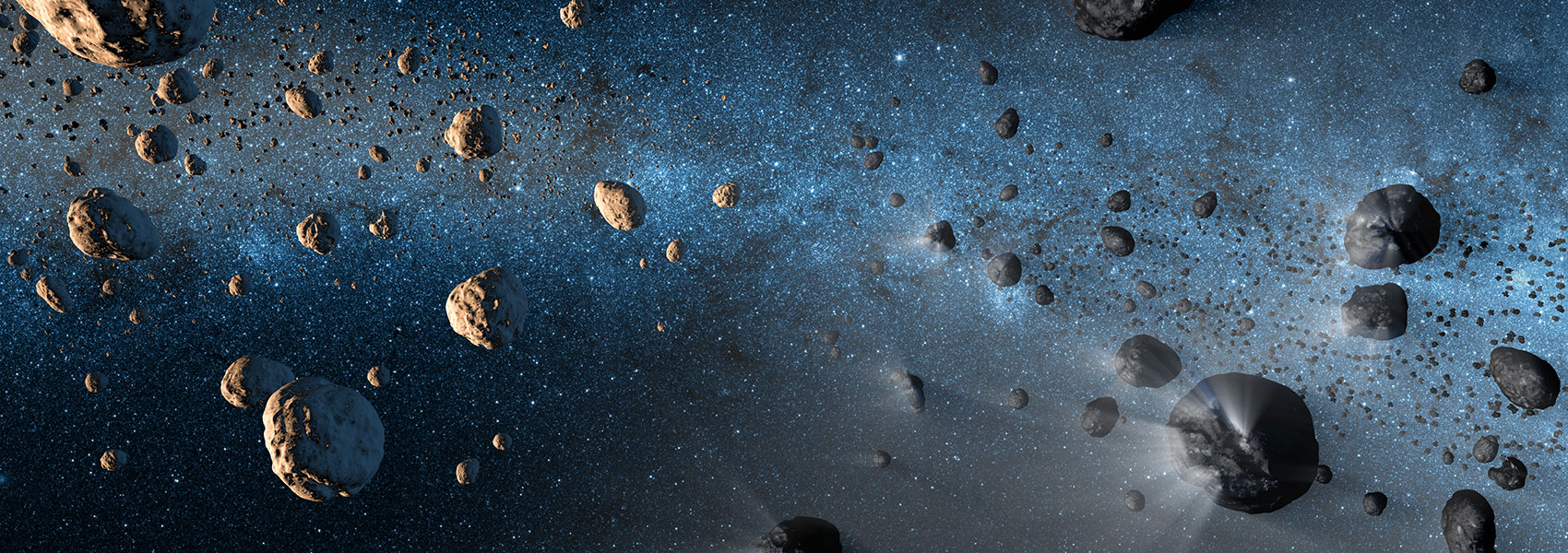November
2009
•
2009ApJ...705...68B
Authors
•
Bertincourt, B.
•
Helou, G.
•
Appleton, P.
•
Ogle, P.
•
Lagache, G.
•
Brooke, T.
•
Smith, J. -D.
•
Sheth, K.
•
Dale, D.
•
Harwit, M.
•
Puget, J. -L.
•
Roussel, H.
Abstract
•
We carried out an unbiased, spectroscopic survey using the low-resolution module of the infrared spectrograph (IRS) onboard Spitzer targeting two 2.6 square arcminute regions in the GOODS-North field. The IRS was used in a spectral mapping mode with 5 hr of effective integration time per pixel. One region was covered between 14 and 21 μm and the other between 20 and 35 μm. We extracted spectra for 45 sources. About 84% of the sources have reported detections by GOODS at 24 μm, with a median f ν(24 μm) ~ 100 μJy. All but one source are detected in all four IRAC bands, 3.6 to 8 μm. We use a new cross-correlation technique to measure redshifts and estimate IRS spectral types; this was successful for ~60% of the spectra. Fourteen sources show significant polycyclic aromatic hydrocarbon emission, four mostly SiO absorption, eight present mixed spectral signatures (low PAH and/or SiO) and two show a single line in emission. For the remaining 17, no spectral features were detected. Redshifts range from z ~ 0.2 to z ~ 2.2, with a median of 1. IR luminosities are roughly estimated from 24 μm flux densities, and have median values of 2.2 × 1011 L sun and 7.5 × 1011 L sun at z ~ 1 and z ~ 2, respectively. This sample has fewer active galactic nuclei than previous faint samples observed with the IRS, which we attribute to the fainter luminosities reached here.
Links




